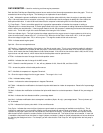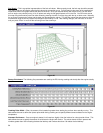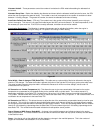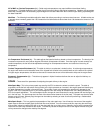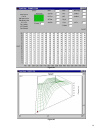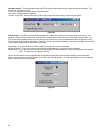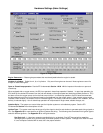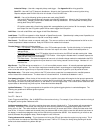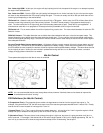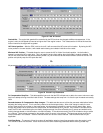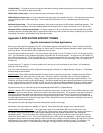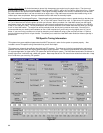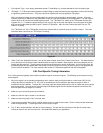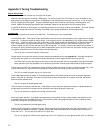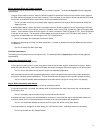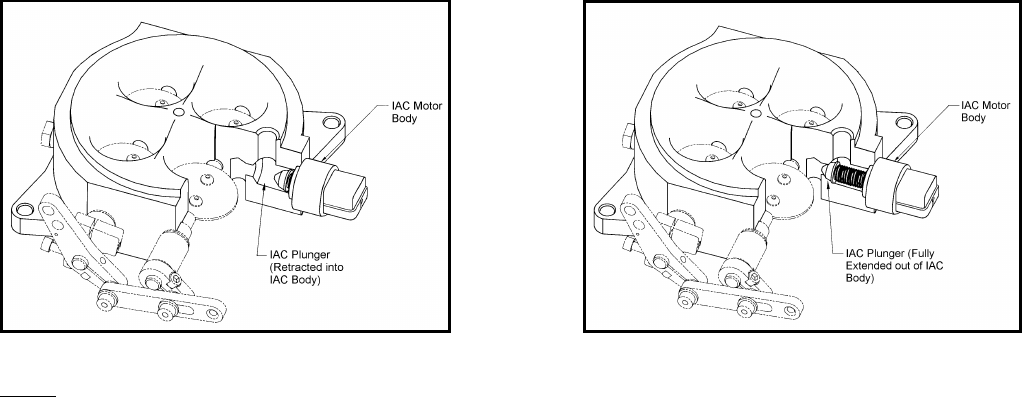
65
Rev. limiter high RPM – At this rpm, the engine will stop injecting fuel to limit the speed of the engine in an attempt to protect
the engine from self-destruction.
Rev. limiter low RPM – Once the ECU has quit injecting fuel because the rev. limiter has been hit, this is the rpm the engine
will have to drop below before the ECU starts injecting fuel again. This value is usually set 100 to 500 rpm lower than the rev.
limiter high rpm depending on the desired effect.
TBI Switch 2-4 – Allows the rear two injectors to be shut off with a TBI system. At this value, the ECU will then allow all four
injectors to start firing instead of just the two primary injectors. This MUST be set properly if a progressive throttle body is
used. The value should be 10-15 higher than when the secondary plates start to open. Check this for your application. It
should also be used with a non-progressive TBI setup so that the pulsewidth at idle is higher for best idle.
TBI Switch 4-2 – This is used to switch from all four injectors firing, back to two. This value should be about 10 below the TBI
Switch 2-4 value.
RPM Cell Pointers – This table allows the user to define where the breakpoints will occur in the fuel and spark maps. This
feature allows the user to define where the most resolution should occur. For any vehicle, the fuel map should most broadly
cover the most typical operating range. Street driven vehicles should have the scale set up so that the idle and cruise regions
have adequate resolution.
Port and Throttle Body injector opening times – All injectors will take a certain amount of time to just open before any fuel
starts coming out. The amount of time this takes is dependent on battery voltage. Unlike most other systems on the market,
this ECU allows the user to specify the amount of time the injectors need at specific battery voltages. The base values are fine
for the majority of users. Unless you are involved in professional racing and don’t run an alternator to assure a constant
voltage, changing these numbers are not needed.
Idle Air Control
These parameters adjust how the idle air motor is controlled.
Figure 49 Indicates and IAC Position of 200 Figure 50 Indicates an IAC Position of 10
NOTE: It is not recommended that the user change these values, however if desired, these can be altered to improve idle
characteristics and reduce “hunting”.
PID Definitions (for Idle Air Control)
P (Proportional Term)—The proportional term makes a change based on how far from the set point the engine is. For
example, if the desired idle is 750, the IAC would move more if the actual engine speed was 600 than if it was at 700. Exactly
how far the IAC moves is based on how large the “P term” is.
I (Integral Term)—The “I Term” acts to eliminate the steady state error. It is the job of the “I term” to get the engine to idle at
exactly 750 rpm (or whatever the set point is) and not at 740 or 760 rpm, for example.
D (Derivative Term)—This term doesn’t look at where the engine is right now, but where it is going and when it will be in a
half of a second. For example, if the desired idle is 750 and the engine speed is 700, but it is rapidly approaching 750, the “D
term” will try to close the IAC to slow the engine down and keep it from “overshooting” the set point.



